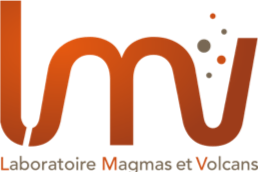Timothy H. Druitt and Georges E. Vougioukalakis – Guest Editors
In this issue of Elements, the authors present acloser look at the igneous and tectonic processes that affect this region and also demonstrate the value of partnering with scientists from different disciplines to better understand past and future geological risks.
The South Aegean volcanic arc lies at the intersection between Europe, Asia, and Africa, in the cradle of European civilization. Studies over the last decade have transformed our understanding of the arc: subduction architecture and back-arc geodynamics, genesis of the arc magmas, eruption chronology of the arc recorded in marine tephra archives, and hazards posed by eruptions and tsunamis. Santorini is one of the most explosive arc volcanoes in the world, and its ‘Minoan’ eruption of the Late Bronze Age is an iconic event in volcanology and archaeology. Santorini is still dangerous. The Kolumbo submarine crater, best known for its deadly eruption of 1650, today hosts a hydrothermal system and bacterial colonies. In the eastern sector of the arc lies the large submarine caldera formed by the Kos Plateau Tuff eruption. The eruptive mechanisms and petrology of this eruption have now been unraveled, as have the eruptive and magmatic histories of Nisyros and Yali volcanoes on the caldera rim.
- Deep Structure and Active Tectonics of the South Aegean Volcanic Arc
- Volcanism of the South Aegean Volcanic Arc
- Magma Genesis at the South Aegean Volcanic Arc
- The Christiana–Santorini–Kolumbo Volcanic Field
- Santorini Volcano and Its Plumbing System
- The Late Bronze Age Eruption of Santorini Volcano and Its Impact on the Ancient Mediterranean World
- The Kos–Kisyros–Yali Volcanic Field


